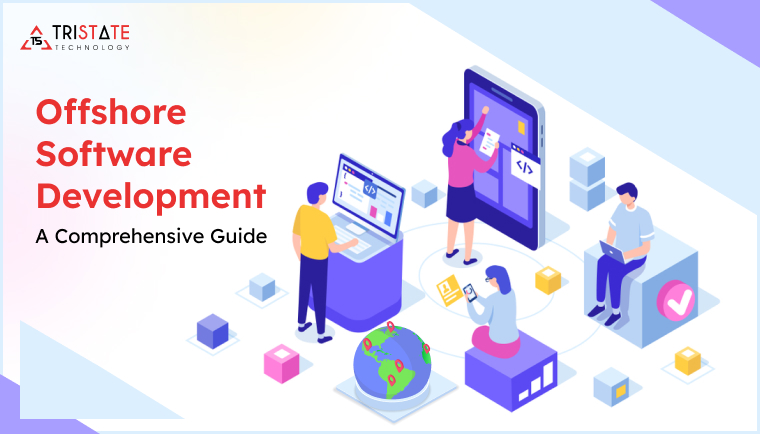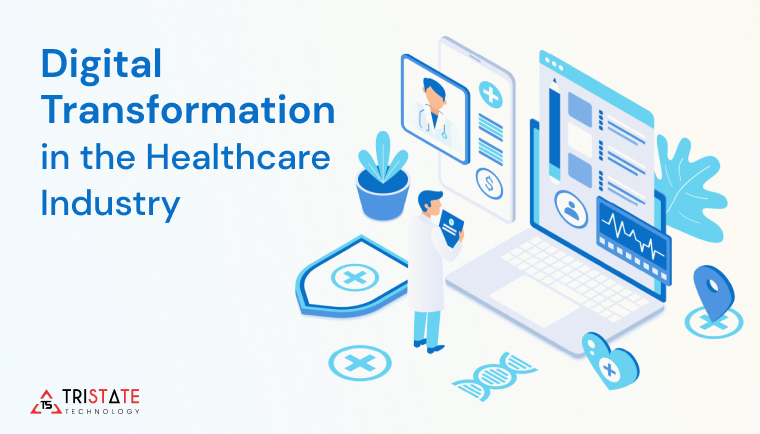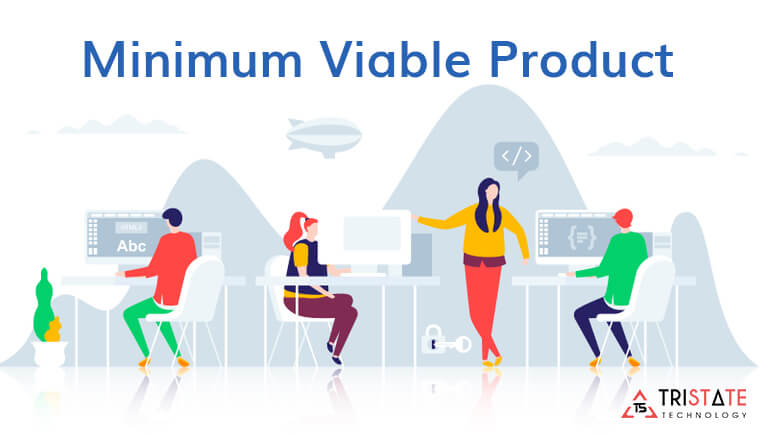
In the world of product development, launch date is marked as a great day to celebrate all the effort and hard work.
But, do you think that happens in one go? Not at all.
No product is PERFECT at its first launch. The business owners need to consider upgrading the same continuously to stay up in the game.
How does it begin? Being the development company for various products, our first target is to consider building a minimum viable product (MVP) as the early stage of your product development.
Today, almost all startups launch with MVP. Why?
Because of these top reasons-
- MVP can be developed faster and hence; startups can quickly launch
- Quick launch saves your time that you can invest in marketing and sales
- Startups receive feedback directly from the real customers and enhance the product
- MVP can help you raise funds for your startup or app idea
Do you know which startups were launched with MVP? Here are they-
- Ola Cabs, an on-demand cab booking mobile app, launched with an MVP in 2010.
- The on-demand food-delivery mobile app, Swiggy, launched with MVP in 2014.
- And, many more exist in this MVP launch examples.
That’s the reason you need to consider developing a minimum viable product (MVP) to turn your app idea into a product.
How can you do it? Learn about the process of creating a feature list for your MVP here.
Step by step guide to creating a list of MVP features
Step 1: Start-off with List of features
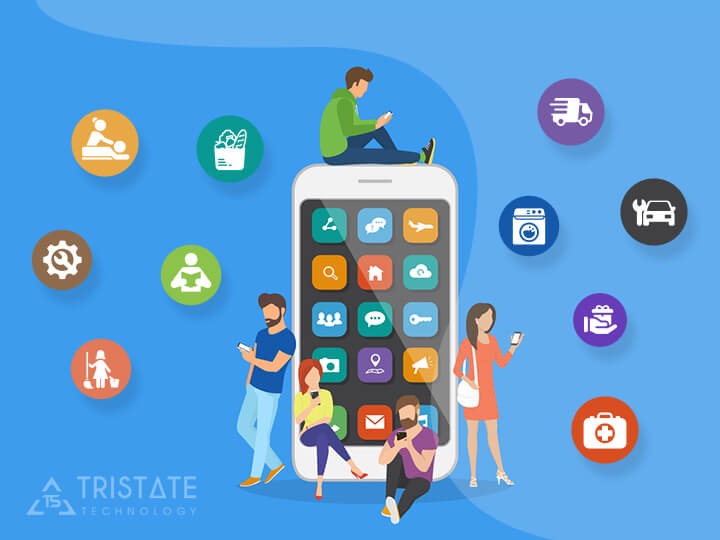
List of features/features-set is a top view of the road-map addressing the concerns raised/experienced by the user, feedbacks received, how the selected features solve the concerns and what impact it will have on UI/UX and app performance.
Let us re-iterate with an example, suppose a user is looking for an online courier delivery service. As an organization, you will need to present pickup and drop functionality along with tracking, alerts, notification features for better UX/UI.
As a team, list down the feature-set to understand the market’s standard practices and user expectations to define what should be the app offering and its USP.
Step 2: Find your audience
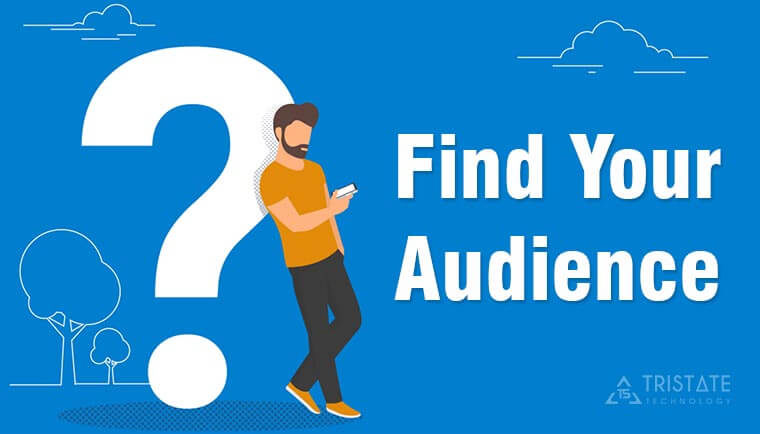
Your product may fail if you don’t know your target audience.
What if you target everyone as your customers? You end up in making losses as you invest in targeting everyone and the people you use your mobile app are only a few.
Take inspiration from Ola. Here is the description of Ola’s target audience–
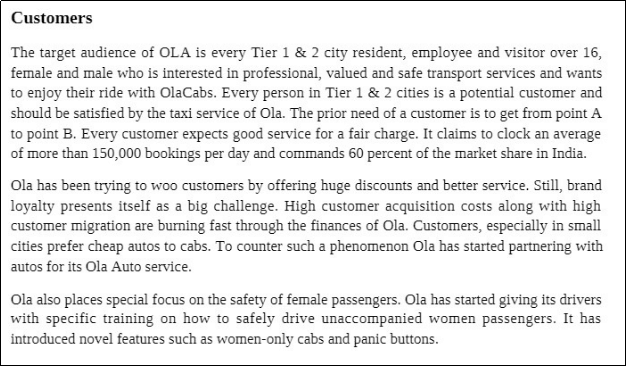
What are the benefits of identifying the target audience for your product?
- You don’t spend on marketing, among the people who are never going to use your app
- Providing value to your real mobile app users becomes possible
- You can enhance your product based on the feedback from your target audience
- Your dream of making a successful product comes true
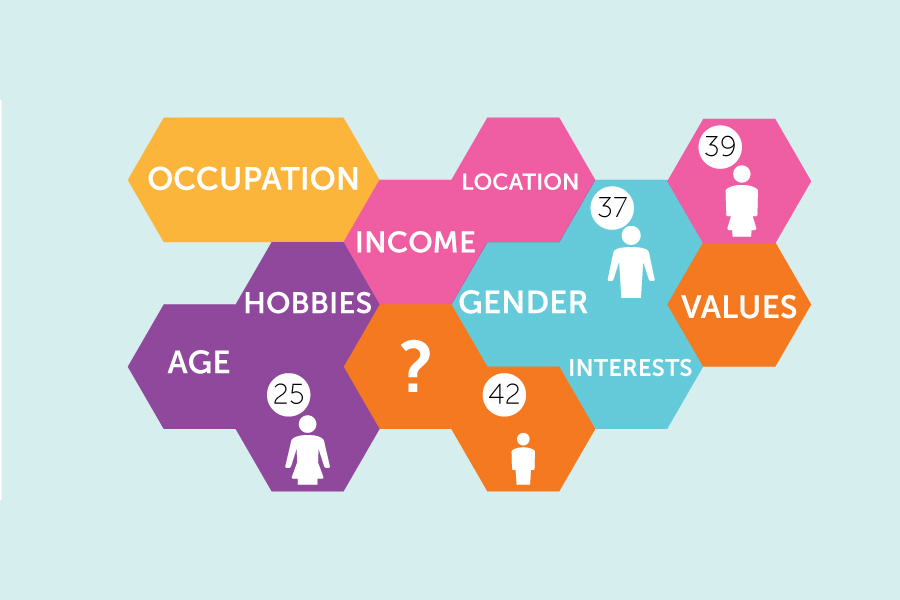
Image source: score87.org
Now, how to find the target audience for your product? Neil Patel gives these six steps to build your target audience-
- 1. Begin with broad assumptions, and slowly narrow your focus
- 2. Analyze your competitors
- 3. Communicate with the people
- 4. Create a user’s persona
- 5. Collect data from surveys
- 6. Bring data from your product/startup website
Find your audience and build a list of MVP features that they need.
Step 3: Prepare a roadmap/storyboard
When you define your feature-set as per your audience, it is logical to craft a storyboard/roadmap of how a user would use the app which we call, Stages.
Suppose, you have an eCommerce app, then your storyboard should have five significant stages:
- 1. Search/Browse
- 2. Filter
- 3. Purchase
- 4. Delivery
- 5. Service
Internal teams, users, prospective users, existing customers, or sales team can help define these stages.
Based on the storyboard, the developers or the development team introduces specific features for better functioning of the subsequent stage.
The primary goal of these features is to improve the value of the app, and the main idea should not deviate. Each feature in each stage must contribute to effectively achieve the app goal.
Step 4: Target app platform
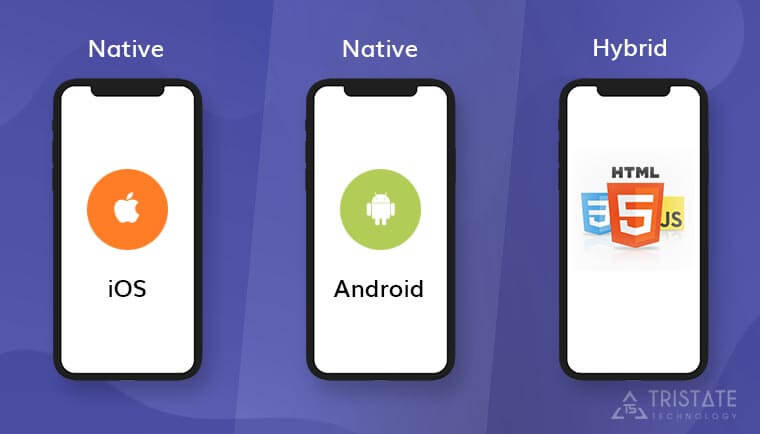
After deciding the target audience, the next immediate step to creating the list of MVP features is to determine the app platform.
Uber launched first on iOS platform first and then Android. Why? Because they started in the US and most people in the US use iPhones.
So, the target audience helps you decide which mobile app platform to launch your product with.
Also, deciding the feature list for your product invokes the need to choose the platform. Some features iOS might be excellent in or some features Android might not be supporting or vice versa.
You need to consider various factors while developing an app/including a feature-set in the app mentioning device availability, ease to use, UX, and more. You need to look into the target audience’s information and feedback carefully.
An ideal solution to such scenarios is Hybrid App development that suits both Android & iOS. Also, the cost of the app development reduces significantly.
In any case, the step to decide the app platform (Native iOS/Android or Hybrid) becomes imperative here.
Step 5: Choose the right app development company for best results
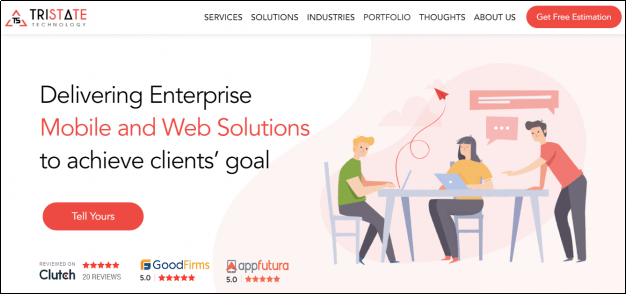
You got the information, ready with the feature set and app development, but who will do that? The app development company. The company who have proficiency across all sort of development modules, whether it be front-end, back end, or full-stack.
Turning an app idea into a successful product needs expertise and experience in developing products. You cannot compromise on choosing the development company as your success depends on the app.
Step 6: Compile and test run
Then the best test environment is the team which is involved in the process, marketing team, sales team, and support team. Once the features are developed, you need to know how each feature is functioning and delivering as per expectation.
Next trail run should be done with the focus group, which are the users you select across the audience group. These users will help you gain insights on app functioning and deliverables in the real world scenario.
Collecting data from both aspects will require another round of feature selection and development. Continue this cycle until the results are as per the expectations or even near to them.
Your app features need to be impactful enough, allowing your app to create its own distinctive identity at the moment of launch itself.
Step 7: Market enough to make your MVP a successful product
When you develop a minimum viable product (MVP), the most crucial part is to market the app feature set. The feature set of your MVP can help you attract your target audience and make your product a successful one.
Define the needs of the customer first and then present your MVP as the solution. This way helps you to funnel your features exclusively to your target group.
Your marketing plan should not focus on immersing users into your app. Instead, try to comprehend how an individual is using your app on a day-to-day basis.
Create a feature-rich MVP that makes your app idea a successful one
Every startup launch with an MVP consisting the comprehensive list of features. And, that’s what makes them successful. Your MVP can help you raise funds for your startup idea, and hence, your app development company needs to craft it carefully.
Make sure you follow all the steps mentioned above to develop your product’s features, take them to your target audience, and make money out of the same.
What is your app idea that you’re looking to turn into a product? Share with our MVP experts , and we’ll help you develop a list of features that outperform your competition.


